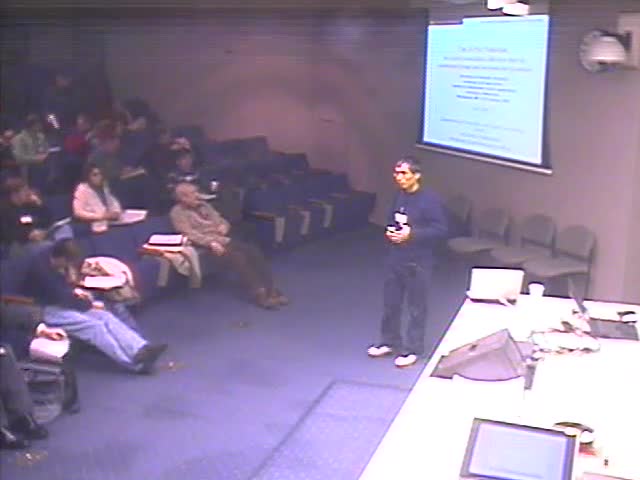The X-Pol potential: an explicit polarization quantum mechanical force field for condensed phase and protein dynamics
Presenter
January 15, 2009
Keywords:
- Molecular
MSC:
- 74A25
Abstract
Molecular dynamics simulation has become a powerful tool for studying biochemical properties. At the heart of these calculations is the potential energy function that describes intermolecular interactions in the system, and often it is the accuracy of the potential energy surface that determines the reliability of simulation results. The current generation of force fields was essentially established in the 1960s; while the accuracy has been improved tremendously by systematic parameterization, little has changed in the formalism. The explicit polarization (X-Pol) potential is an electronic structure-based polarization force field, designed for molecular dynamics simulations and modeling of biopolymers. In this approach, molecular polarization and charge transfer effects are explicitly treated by a combined quantum mechanical and molecular mechanical (QM/MM) scheme, and the wave function of the entire system is variationally optimized by a double self-consistent field (DSCF) method. We illustrate the possibility of parametrizing the X-Pol potential to achieve the desired accuracy as that from MM force fields, and demonstrate the feasibility of carrying out molecular dynamics (MD) simulation of solvated proteins. We use a system consisting of 14281 atoms and about 30,000 basis functions, including the protein bovine pancreatic trypsin inhibitor (BPTI) in water with periodic boundary conditions, to show the efficiency of an electronic structure-based force field in atomistic simulations. In this model, an approximate electronic wave function for the entire system is variationally optimized to yield the minimum Born-Oppenheimer energy at every MD step; this allows the efficient evaluation of the required analytic forces for the dynamics. Intramolecular and intermolecular polarization and intramolecular charge transfer effects are examined and are found to be significant. The new-generation X-POL force field permits the inclusion of time-dependent quantum mechanical polarization and charge transfer effects in much larger systems than was previously possible.
